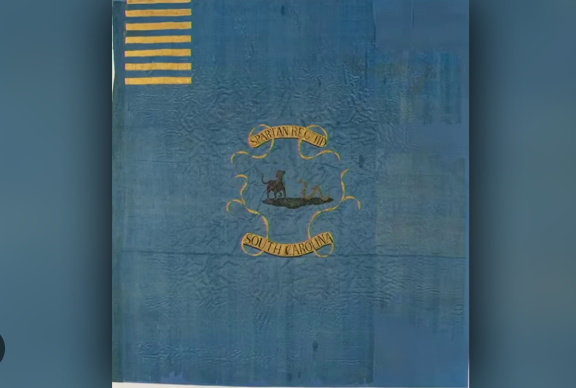GEORGIA: Cannon From Revolutionary War Raised From Savannah Harbor
They have lain deep under the water for more than 200 years. Now a dozen cannon believed to date from the American Revolutionary War have been raised in Savannah, Georgia.
Each 5-ft long, the cannon were found by the US Army Corps of Engineers, which is undertaking a project to expand the city’s harbo
Three further cannon, plus fragments of a fourth, had been found in the same area last year.
In 1778, during the American Revolutionary War, British forces captured the city of Savannah but were forced to defend it a year later. HMS Rose, then one of the most formidable ships in the Royal Navy, was brought in to assist the city’s defence.
As part of their attempt to prevent the French from joining the American siege of the city, on 19 September 1779 the British scuttled Rose. They eventually won the battle and remained in control of Savannah until almost the end of the war.
Archaeologists and historians from the Royal Navy initially believed the cannon were from HMS Rose. However, the ship was actually sunk further upstream, and its artillery removed beforehand. The cannon are therefore more likely to have been on board two armed merchant vessels, Venus and Savannah, which were scuttled as part of the same strategy.
The suggestion that the cannon originate from CSS Georgia, a Confederate ship that defended the city during the Civil War of 1861-1865, has been ruled out. This is despite Georgia having been stationed in the vicinity of Old Fort Jackson, where the cannon were recently uncovered.
The Corps faced a daily struggle against tides and currents in January this year, as they placed slings under the guns and used inflatable bags to lift them free of the mud.
Anchors, bar shot (a munition designed to destroy rigging that was used in the Revolutionary Wars), and ‘cribs’ (underwater obstruction devices dating from the Civil War) were also identified in the area.
The finds will now be analysed, before being exhibited in the city, as work continues to deepen the harbour by several feet in order for it to accommodate modern super-tankers.
‘I think it’s fantastic and interesting when artefacts from maritime history come to light,’ Commander Jim Morley, the UK’s assistant naval attaché in Washington told CNN last year.
–the-past.com



